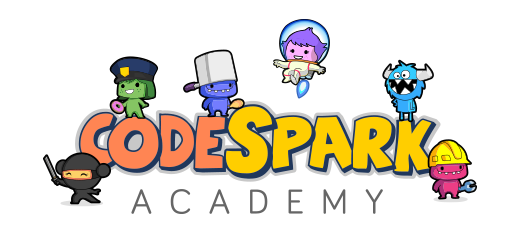codeSpark Academy is the #1 at home learn to code program for kids 5-9! Our award-winning app has introduced over 30 million kids in 200+ countries to the ABCs of computer science.
codeSpark Academy uses a patent pending “no words” interface to teach the basics of computer programming through a variety of interactive learning activities including puzzles, games, step-by-step creative projects, game design and offline printables – all of which can be monitored by parents.


